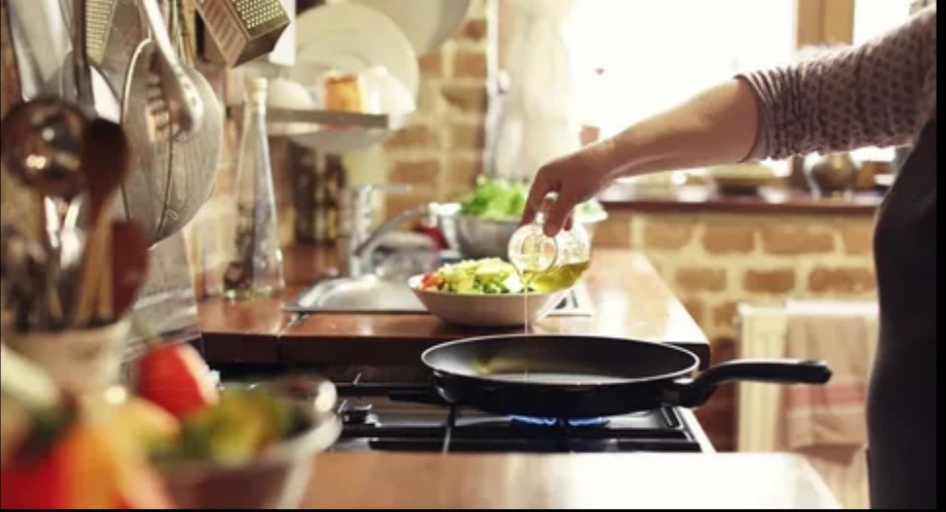Cooking is one of the most common causes of household fires, making it essential to consider fire safety when designing or remodeling a kitchen. A well-thought-out kitchen design not only enhances functionality but also plays a crucial role in preventing cooking-related fires. Additionally, ensuring that your home has a valid Fire Alarm Certificate can further enhance safety measures. By focusing on various design elements and obtaining a Fire Alarm Certificate, homeowners can create a safer cooking environment that reduces the risk of accidents and emergencies.
Understanding the Risks
Before diving into kitchen design strategies, it’s important to understand the primary causes of cooking-related fires. Most kitchen fires stem from unattended cooking, grease buildup, and improper use of appliances. By addressing these issues through smart design, you can significantly lower the chances of a fire breaking out.
Strategic Layout and Space Planning
The layout of your kitchen is one of the first aspects to consider when aiming to reduce fire risks. An efficient kitchen layout facilitates safe cooking practices. Ensure that there is ample space around the cooking area to prevent accidents. For instance, having enough counter space around the stove allows you to manage pots and pans more safely.
Incorporating clear and accessible pathways is another vital aspect of kitchen layout. Avoid cluttered designs that could obstruct emergency exits or impede quick movement. A well-organized kitchen layout not only makes cooking more enjoyable but also ensures that you can quickly address any issues that may arise.
Adequate Ventilation
Proper ventilation is crucial for minimizing fire risks in the kitchen. Cooking generates heat and smoke, which can quickly lead to dangerous conditions if not properly managed. Install a high-quality range hood that effectively ventilates smoke and grease outside the home. Ensure that the range hood is properly maintained and cleaned regularly to prevent grease buildup, which can be a fire hazard.
In addition to range hoods, consider including windows or other ventilation options in your kitchen design. Adequate airflow helps keep the cooking area cooler and reduces the likelihood of overheating, which can contribute to fires.
Safe Placement of Appliances
The placement of appliances is a critical element of kitchen design that can impact fire safety. Keep flammable materials such as dish towels, paper towels, and wooden utensils away from the stove and other heat sources. Designate specific areas for each appliance to prevent accidental contact and potential fire hazards.
When installing appliances, ensure they are correctly wired and meet safety standards. For example, electrical outlets should be installed in compliance with local codes, and appliances should be plugged directly into outlets rather than using extension cords, which can overheat and cause fires.
Use of Fire-Resistant Materials
Incorporating fire-resistant materials into your kitchen design can add an extra layer of protection. Opt for materials that are less likely to catch fire or spread flames. For countertops, consider heat-resistant options like granite or quartz, which can withstand high temperatures and accidental spills.
Additionally, use fire-resistant cabinetry and flooring to reduce the risk of fire spreading if an incident does occur. For example, cabinets made from fire-resistant materials can help contain flames and give you more time to react in case of an emergency.
Incorporating Fire Safety Features
Including specific fire safety features in your kitchen design can significantly enhance your fire prevention efforts. Install smoke detectors and fire extinguishers in easily accessible locations. Ensure that smoke detectors are placed near the kitchen but not too close to avoid false alarms. Regularly test and maintain these devices to ensure they are functioning correctly.
A fire extinguisher should be strategically located within easy reach of the cooking area. Choose an extinguisher suitable for kitchen fires, such as those designed to handle grease fires. Educate all household members on how to use a fire extinguisher effectively.
Easy-to-Clean Surfaces
Maintaining cleanliness in the kitchen is essential for fire safety. Grease buildup on surfaces, especially around the stove, can be a significant fire hazard. Choose easy-to-clean surfaces that can be regularly wiped down to prevent grease accumulation. Materials like stainless steel or sealed granite are ideal for reducing the risk of grease fires.
Regular cleaning routines should be part of your kitchen maintenance plan. Ensure that the oven, stove, and range hood are cleaned frequently to remove grease and food particles that can ignite.
Conclusion
Kitchen design plays a pivotal role in minimizing the risk of cooking-related fires. By carefully planning the layout, incorporating proper ventilation, and using fire-resistant materials, you can create a safer cooking environment. Strategic appliance placement and the inclusion of fire safety features further enhance your kitchen’s safety.
Ultimately, a well-designed kitchen not only improves functionality but also provides peace of mind, knowing that you’ve taken important steps to prevent potential fire hazards. Regular maintenance and adherence to safety practices complement the design, ensuring a safe and enjoyable cooking experience. Remember, safety starts with smart design, and a little planning can make a big difference in keeping your kitchen safe from fires.If you want to stay updated with posts like this, please follow us on Buzz slash.
Keep an eye for more news & updates on BuzzsLash!




